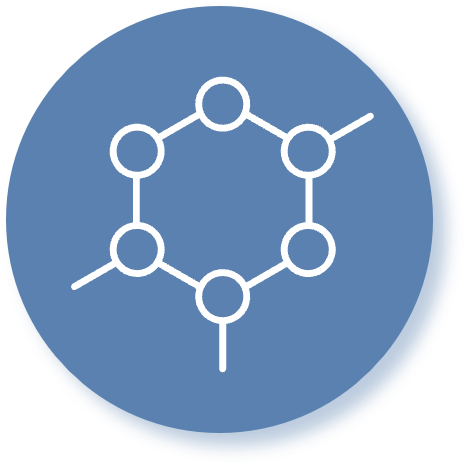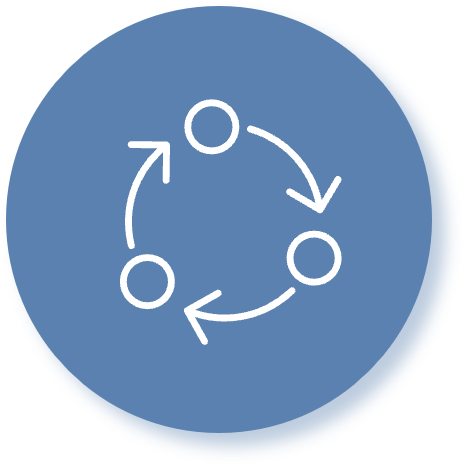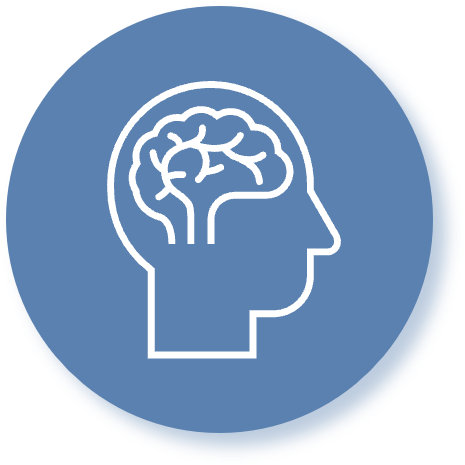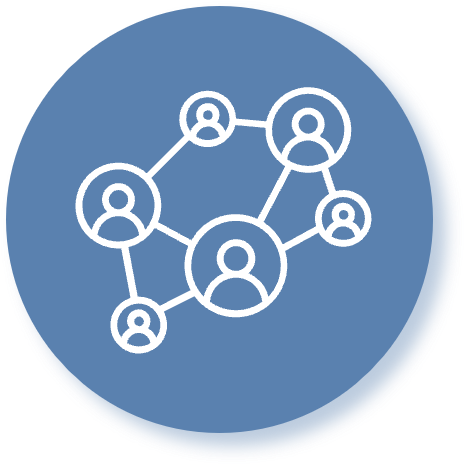Our method: cogNIAM®
If an organization does not record information or does not record it unambiguously, misunderstandings inevitably arise. If the sales manager considers a prospect to be a customer, while for the accountant customers are only parties with whom an agreement has been made … then once there will be speech confusion. Confusion of speech that can eventually seep into the information systems, with dire consequences. We have seen plenty of examples of that in recent years.





